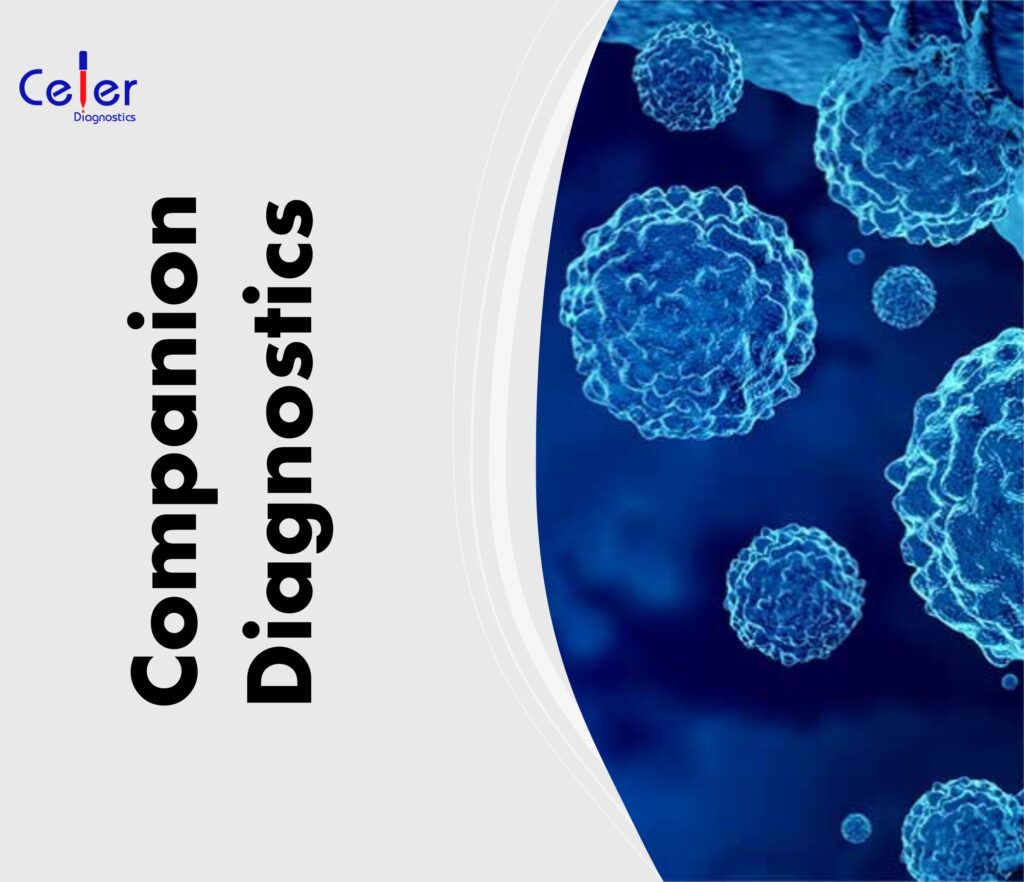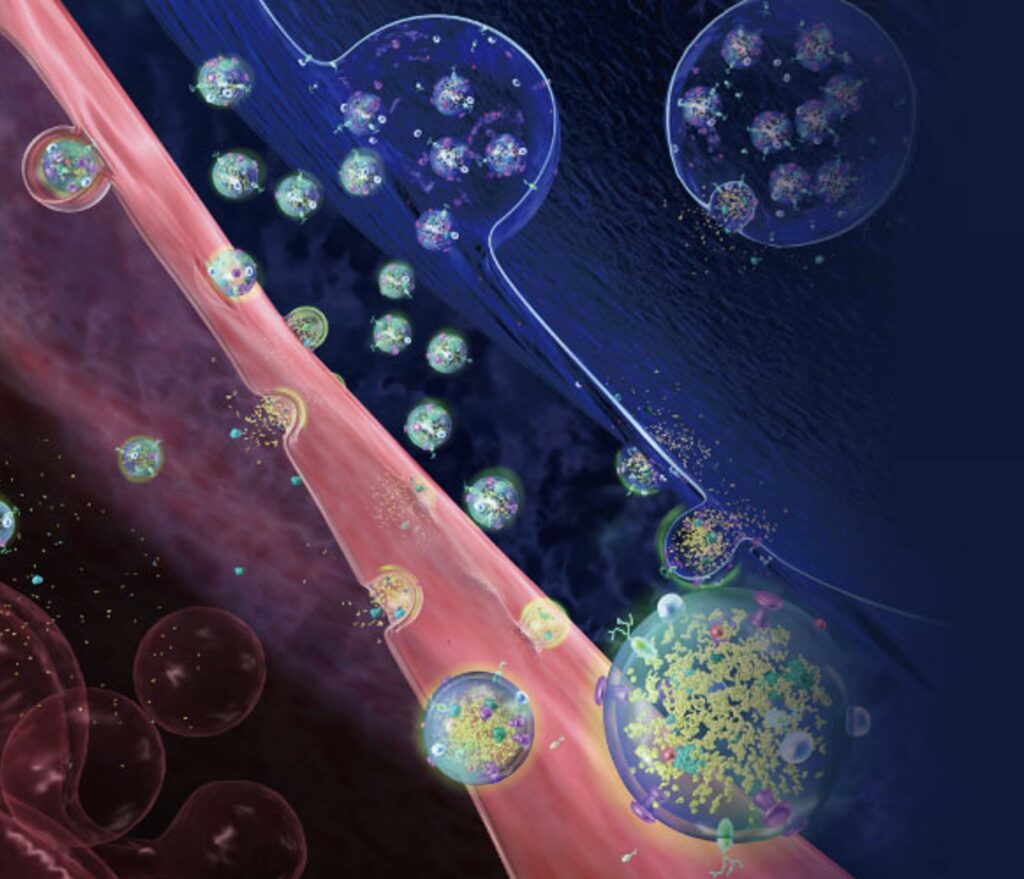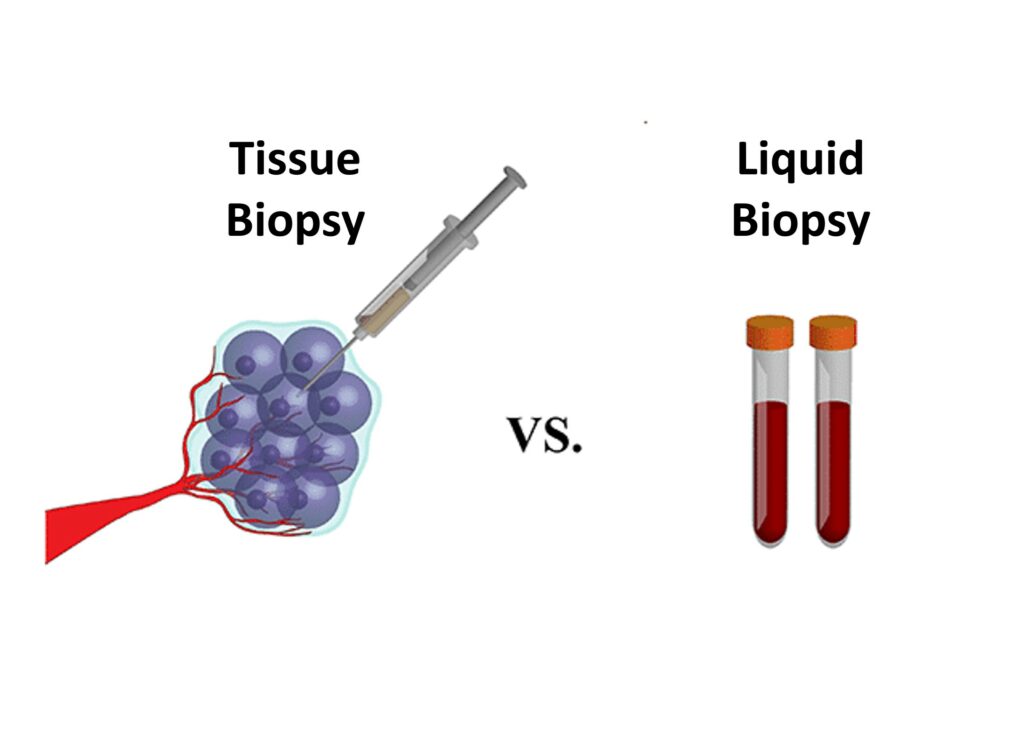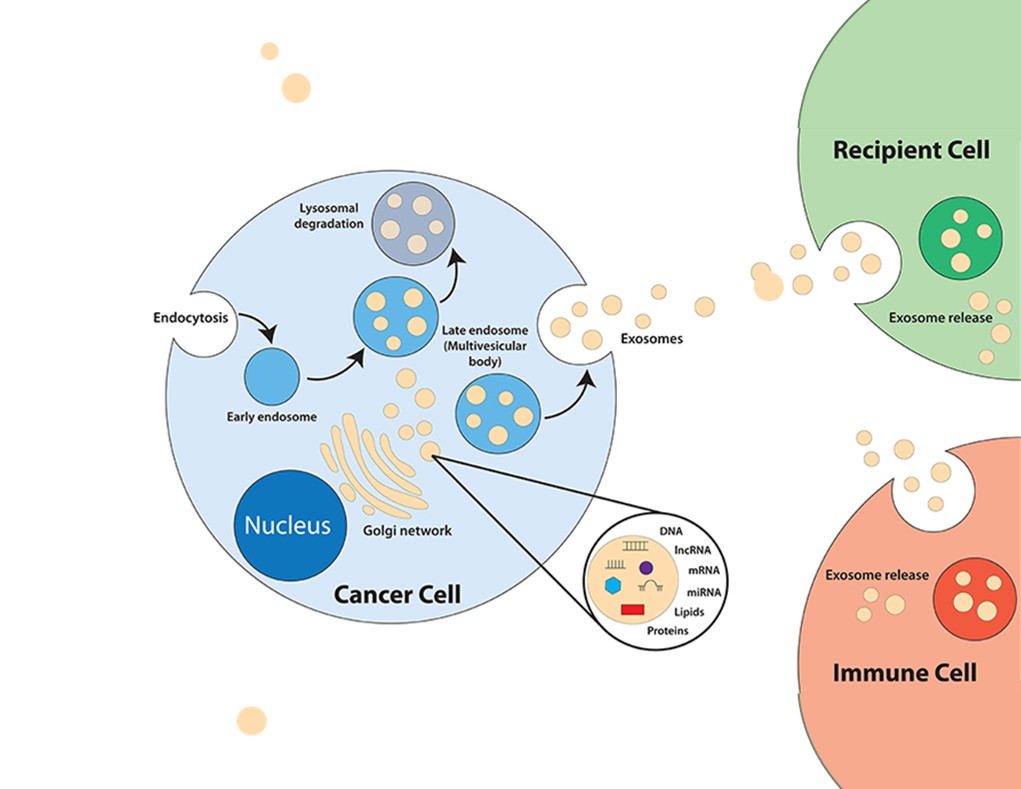Advancing Cancer Immunotherapy Through Companion Diagnostics

Cancer immunotherapy has transformed treatment landscapes for over 20 cancer types, but its success hinges on identifying the right candidates for therapy. Companion diagnostics are vital tools in this mission, leveraging biomarkers to guide personalized treatment decisions. They not only improve efficacy but also reduce unnecessary side effects by tailoring interventions to individual patients’ unique […]
Are EVs better than cells?

Celer Diagnostics, a company that develops fast and cost-effective cancer diagnostic kits based on extracellular vesicles (EVs). EVs are membrane-bound nanoparticles that carry bioactive molecules such as proteins, lipids, and nucleic acids. EVs can be isolated from blood samples and used as biomarkers for various diseases, including cancer. In this article, we want to share […]
How Liquid Biopsy Startups are Impacting Oncology

Liquid biopsy is a non-invasive technique that uses blood samples to detect and monitor cancer. Unlike traditional tissue biopsies, liquid biopsies can capture the dynamic changes of tumor cells and provide real-time information on cancer progression and response to treatment. Liquid biopsy startups are developing innovative solutions that leverage various biomarkers, such as circulating tumor […]
Detecting Cancer Earlier: A Guide for the Public

Cancer is one of the leading causes of death worldwide, but many cases can be prevented or cured if diagnosed early. Early diagnosis of cancer means finding and treating cancer before it has grown too large or spread to other parts of the body. This can improve the chances of survival, reduce the costs and […]
The applications of exosomes: ask the experts

In this ‘Ask the experts’ feature, we have brought together a panel of experts from across the industry to share their current perspectives on exosomes. For example, what are the main benefits of using exosomes and how do they compare to other therapeutics? What should be considered when selecting media for exosome isolation, and do […]
Liquid Biopsy: improve survival rates and quality of life for cancer patients

At Celer Diagnostics, we are passionate about bringing you the latest and most innovative solutions for cancer detection and treatment. One of these solutions is liquid biopsy, a blood test that can reveal vital information about your cancer without the need for invasive surgery. What is liquid biopsy and how does it work? Liquid biopsy […]
Different doctor’s opinions on IHC images for detecting tumors

Immunohistochemistry (IHC) is a technique that uses antibodies to detect specific proteins in tumor cells. There are varying opinions among doctors regarding the use of IHC images for detecting tumors and the method for overcoming this obstacle using liquid biopsy. IHC can assist in the diagnosis and classification of various types of cancer, as well […]
Liquid Biopsy vs. Tissue Biopsy

Breast cancer is the most common cancer in women worldwide. It is a complicated illness that needs to be properly diagnosed and treated. In any case, customary strategies for disease recognition, like tissue biopsy, have a few restrictions. A small amount of the tumor’s tissue is taken for a tissue biopsy and examined under a […]
The history of Extracellular Vesicles in Liquid Biopsy

Liquid biopsy is a non-invasive method for examining biomarkers released into the bloodstream by tumors, such as cell-free nucleic acids (cfNAs), circulating tumor cells (CTCs), and extracellular vesicles (EVs). A fluid biopsy can possibly further develop malignant growth conclusion, forecast, and treatment by giving ongoing data about growth heterogeneity, advancement, and reaction to therapy [1]. […]
Self-Examination of the Breast: A Simple Method for Early Breast Cancer Detection

The self-breast examination (SBE) is a straightforward method for examining one’s breasts for any changes or abnormalities that could point to breast cancer or other issues. SBE can help you get used to the way your breasts normally look and feel so you can notice any changes and tell your doctor about them as soon […]

